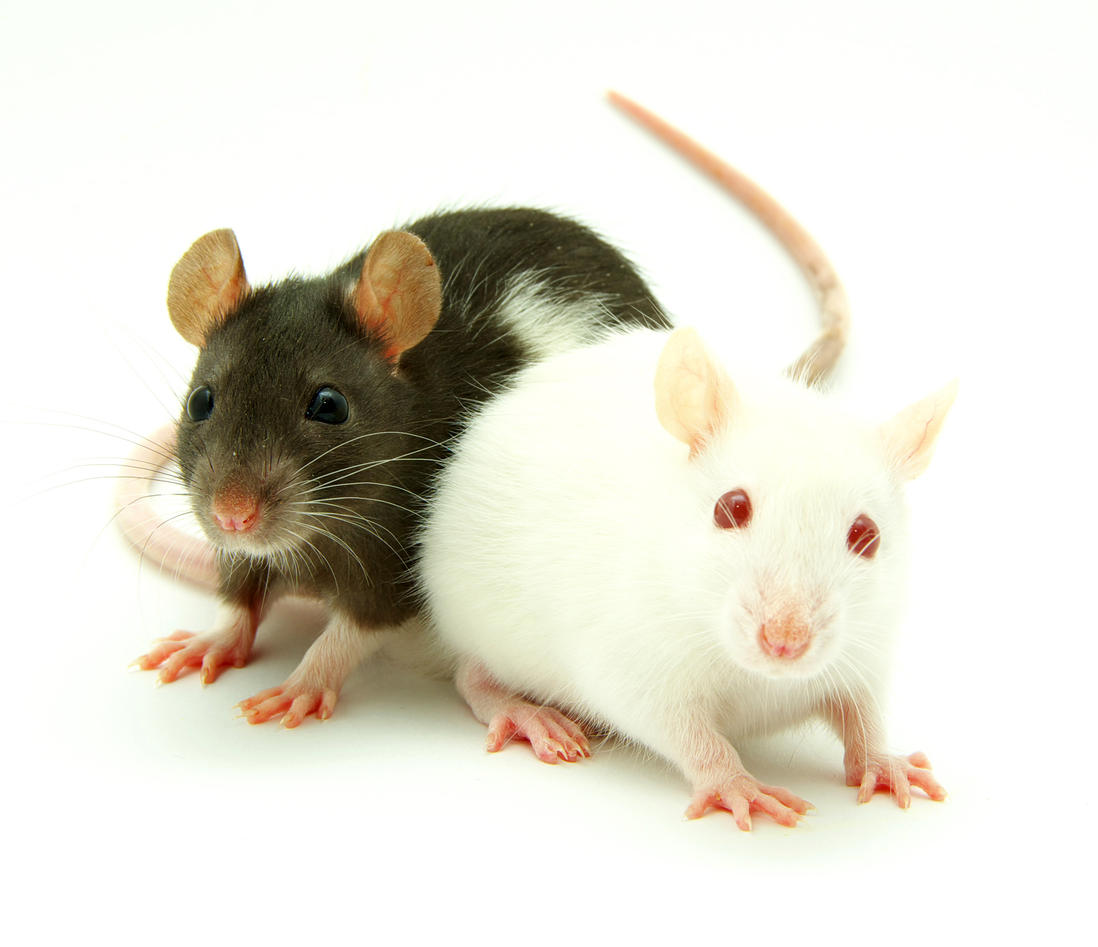To Harvard to study small mice with diabetes
Spring 2014, Marie Solheim (PhD student, Department of Clinical Science) was invited to study in the laboratory of Prof. C. Ronald Kahn, MD, Department of Integrative Physiology and Metabolism at the Joslin Diabetes Center, Harvard Medical School, Boston (USA). Here she works with a new mouse model for diabetes.
Main content
Joslin Diabetes Center (Harvard) is described as the world’s foremost institution in regards to diabetes research, clinical care and education. Starting out my PhD education with a research stay in Boston and Harvard Medical School has given me a unique opportunity for professional development, to connect professionally, and learn from some of the best in the field of diabetes research.
Last year, an international team of researchers led by the KG Jebsen Center for Diabetes Research, identified a mutation in the gene PIK3R1 as cause for a condition called SHORT syndrome with lipodystrophy. These patients have a short stature together with lipoatrophy, insulin resistance and diabetes. What is particularly interesting about this condition is that the PIK3R1 gene codes for p85, a protein that has a central role in insulin signaling, metabolism and growth of all our cells.
To find out more about the physiological and cell biological mechanisms involved in the syndrome, the identified mutation was insert into the genome of mice using so-called "knock-in" technology. Together with our first indications that the mice were shorter and had diabetes, we saw the possibility to characterize a new mouse model for diabetes. I was pleased to get the necessary funding together quickly and was in Boston before I knew it.
The preliminary results were spot-on; the mice have most of the characteristic features found in patients with SHORT syndrome. Among other things, the mice are smaller (fat and body length), have insulin resistance and are glucose intolerant. We therefore have a unique model for further studies of SHORT syndrome. We are now mapping insulin signaling in various tissues to determine the mechanism in which a single mutation can cause these organ manifestations. Because of PI3Ks central role in insulin signaling, we also find that we have an exciting model to study other types of diabetes.
My time in Boston has so far been very informative and inspirational. The Joslin Center has broad knowledge in diabetes research, and each week we attend several seminars with both internal and external seminar speakers. The research here holds a high pace, and in that way I have learned a lot in a short time.
Marie Solheim’s stay at the Joslin Diabetes Center and Harvard Medical School is supported by funds from Norsk Selskap for Endokrinologi (Nils Normans Minnegave), Major og Advokat Eivind Eckbos Legat, Skipsreder Tom Wilhelmsens Stiftelse and Diabetesforbundets Reisestipend.
